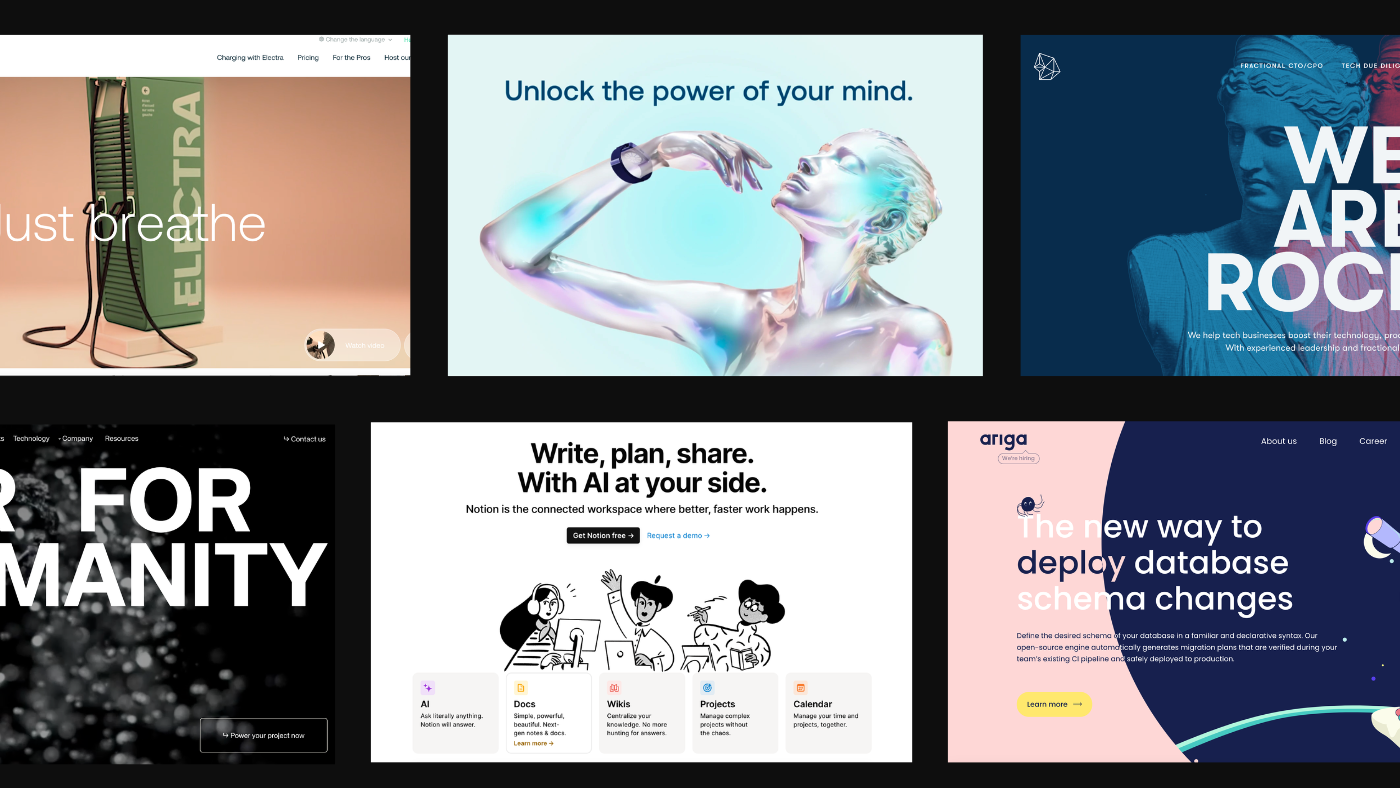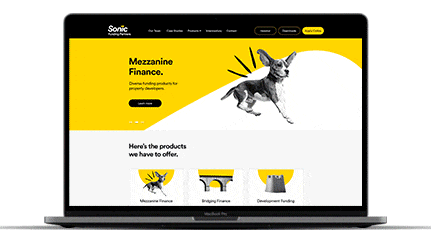Key Factors to Consider When Planning Your Website Design
Key Factors to Consider When Planning Your Website Design
Blog Article
Boost Interaction With Innovative Site Design Solutions
A thoughtfully crafted user experience, underpinned by critical visual style and interactive aspects, can substantially improve customer engagement. By discovering various approaches such as responsive layout and tailored content, services can develop a system that not only astounds customers yet likewise cultivates long-lasting commitment.

Understanding Individual Experience
Recognizing customer experience (UX) is critical for creating efficient internet site design services, as it directly influences exactly how users interact with digital platforms. A detailed UX method includes various elements, including accessibility, user, and functionality satisfaction, every one of which add to the total efficiency of an internet site.
To begin with, usability concentrates on how quickly individuals can browse and discover the details they look for. Accessibility makes certain that all customers, including those with disabilities, can successfully communicate with the web site.
Additionally, comprehending individual personalities is essential for tailoring the experience to meet details audience demands. By conducting customer research study and screening, developers can gather understandings that notify layout decisions, guaranteeing the site not only satisfies visual goals yet likewise meets functional requirements. Eventually, a thoughtful technique to UX layout promotes involvement, urges retention, and enhances total user contentment, which are crucial for the success of any type of electronic system.
Visual Design Methods
Integrating reliable aesthetic design approaches is necessary for capturing customer attention and boosting the general customer experience on an internet site. A well-balanced visual pecking order overviews individuals with the content, allowing them to conveniently soak up and navigate info. This can be achieved via the calculated usage of typography, shade systems, and spacing, which jointly create a interesting and cohesive design.
Shade plays a pivotal function in establishing and stimulating emotions brand identification. Making use of a balanced shade palette that lines up with the brand's values can cultivate familiarity and trust. Furthermore, incorporating high-grade images and graphics boosts visual allure and can substantially improve individual interaction.
Whitespace, often ignored, is equally crucial as it permits content to breathe and protects against overwhelming customers with mess. It promotes less complicated analysis and understanding, resulting in a much more enjoyable browsing experience.
Last but not least, consistency in layout elements-- such as switch icons, font styles, and designs-- makes certain a smooth customer trip, reinforcing the brand name's professionalism and trust. By strategically applying these visual style approaches, sites can not only attract site visitors but likewise motivate them to stay longer and engage even more deeply with the web content.
Interactive Components for Involvement
Involving customers efficiently often rests on the implementation of interactive aspects that invite involvement and cultivate a dynamic searching experience. These aspects, consisting of quizzes, surveys, and interactive infographics, motivate users to actively get involved instead of passively eat web content. By incorporating such attributes, websites can not only record attention yet also enhance user retention.

Gamification is one more powerful method. Incorporating game-like components, such as success or incentives for finishing jobs, can transform ordinary interactions right into delightful experiences. This approach not just increases interaction but additionally motivates users to return, creating a dedicated target market.
Moreover, interactive aspects can promote social sharing, intensifying an internet site's reach. Attributes like remark areas, share switches, and user-generated web content areas foster community interaction, transforming site visitors into active individuals. website design. Eventually, the tactical use of interactive aspects is necessary for creating a interesting and compelling website that resonates with customers
Adaptive and responsive Layout
A well-designed website needs to focus on flexible and responsive design to make sure ideal user experiences throughout a variety of gadgets and screen dimensions. Responsive style employs fluid grids and flexible pictures, allowing the format to automatically adjust based upon the customer's display size. This approach makes sure that customers can conveniently communicate and browse with the content, no matter of whether they are making use of a desktop computer, tablet computer, or smartphone.
On the other hand, flexible layout makes use of predefined formats that are tailored to specific gadget classifications. This suggests that the internet site detects the kind of tool being utilized and offers the proper format, which can boost loading times and maximize the display of necessary components. While both methods aim to enhance use, receptive layout is typically preferred for its fluidness and seamless change between tools.
Incorporating flexible and responsive design not only boosts individual contentment yet likewise positively influences online search engine rankings. Online search engine focus on mobile-friendly websites, thus boosting exposure and drawing in even more visitors. Spending in these layout strategies is crucial for services looking to engage their audience effectively and preserve a competitive side in today's electronic landscape. website design.
Studying Customer Feedback and Data
User responses and data analysis are important parts of effective site layout, as they offer beneficial insights into user behavior and choices. By methodically analyzing and accumulating individual feedback via surveys, functionality screening, and analytics tools, designers can recognize pain points and locations for renovation. This data-driven method enables companies to fine-tune their internet site aspects, ensuring that the customer experience lines up with target market assumptions.
Assessing metrics such as bounce rates, time on web page, and click-through rates supplies a measurable viewpoint on customer engagement. These metrics assist developers discern which web content reverberates and which areas might require optimization. A/B testing can be used to review variants in style, permitting designers to make educated choices based on individual interactions.
Incorporating customer comments not only improves internet site use yet also promotes a sense of community and count on. Involving with customers via feedback loops grows loyalty and urges repeat check outs. Eventually, leveraging customer comments and data evaluation is indispensable to creating a vibrant, user-centered web site that adapts to advancing customer needs and preferences, consequently driving higher interaction and contentment.
Verdict

An attentively crafted individual experience, underpinned by strategic aesthetic style and interactive components, can significantly boost individual interaction.Integrating efficient aesthetic style techniques is necessary for capturing customer interest and improving the general user experience on a website.Individual comments and information analysis are vital parts of efficient site layout, as they provide valuable understandings into user habits and choices. Inevitably, leveraging individual feedback and information evaluation is integral to developing a dynamic, user-centered web site that adapts to developing customer needs and preferences, thus driving higher interaction and browse around these guys satisfaction.
In final thought, innovative internet site design solutions significantly improve customer involvement by prioritizing customer experience, employing efficient visual techniques, and incorporating interactive components.
Report this page